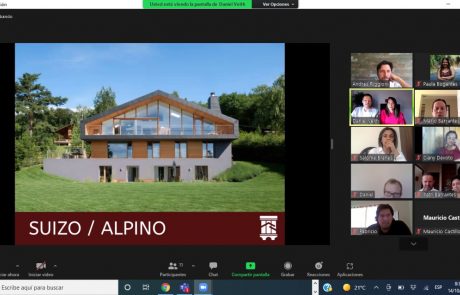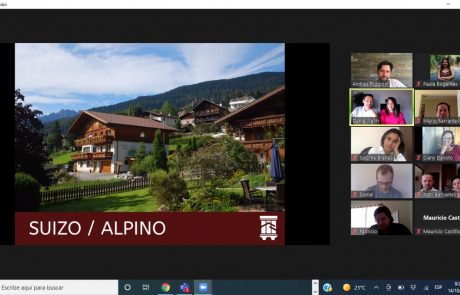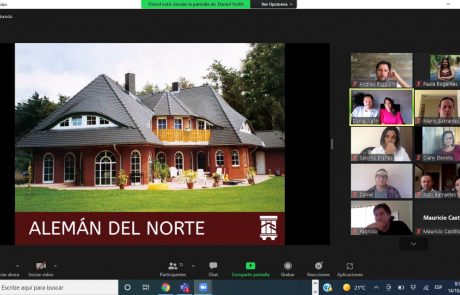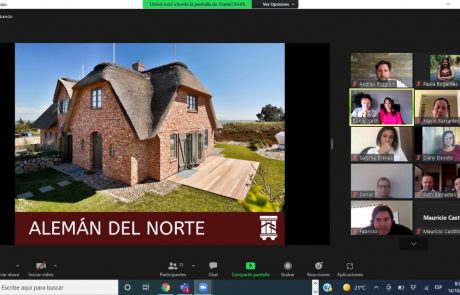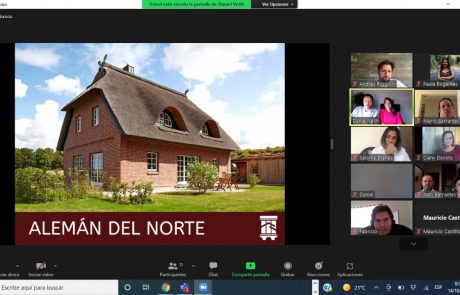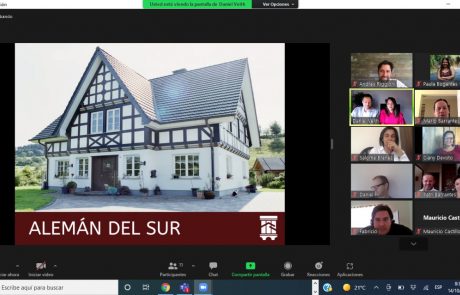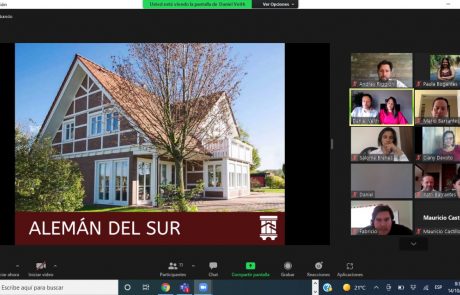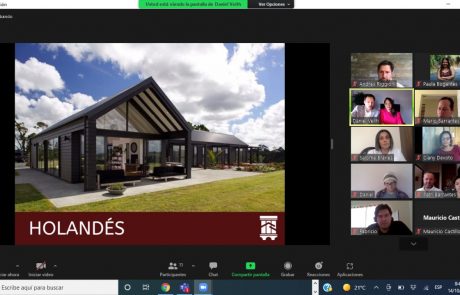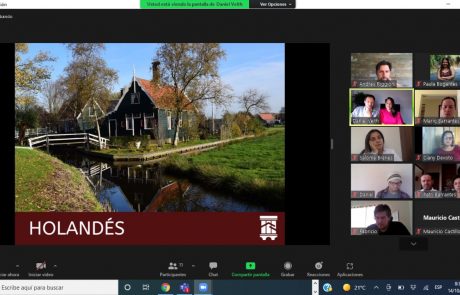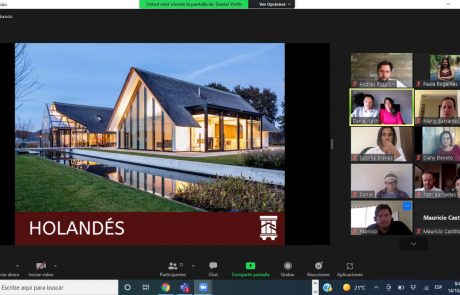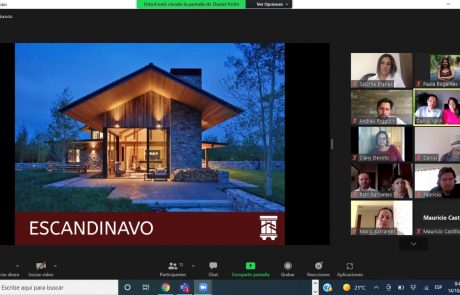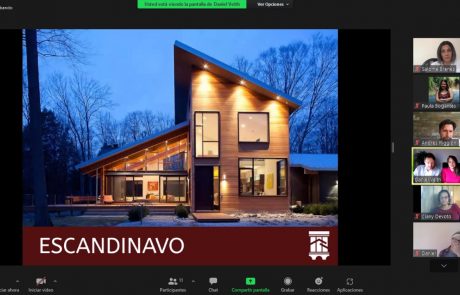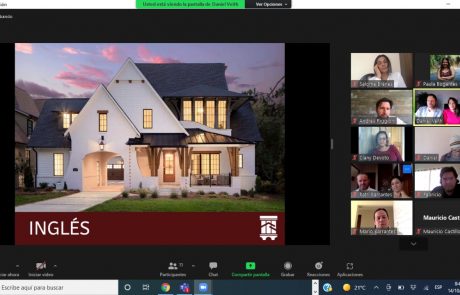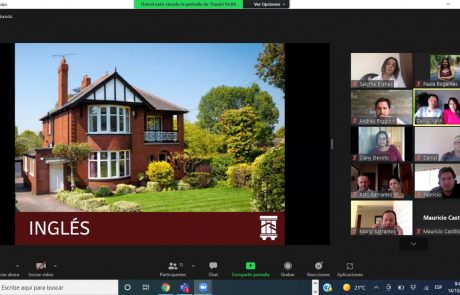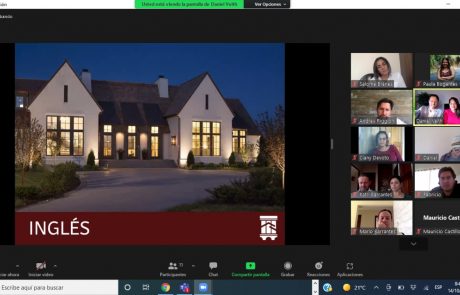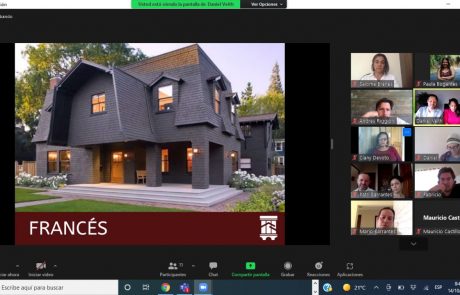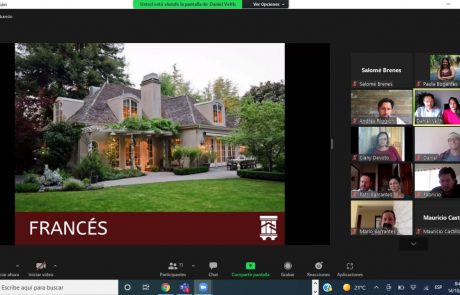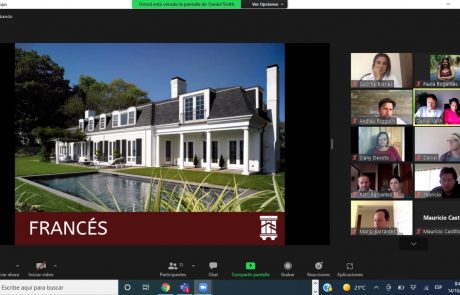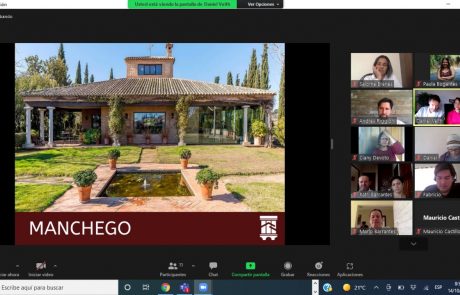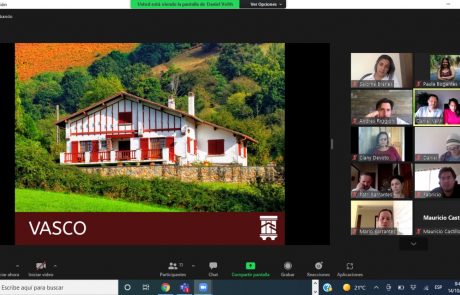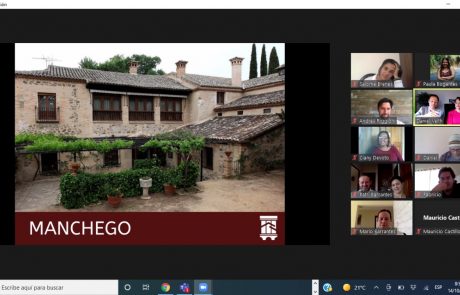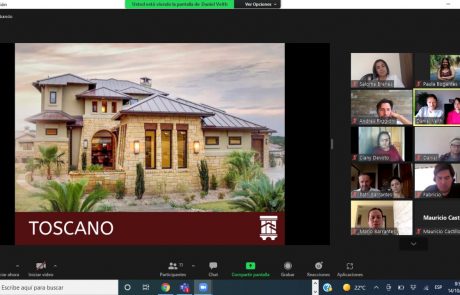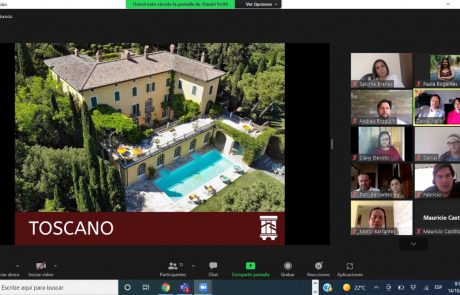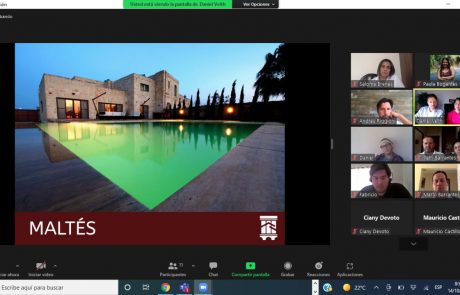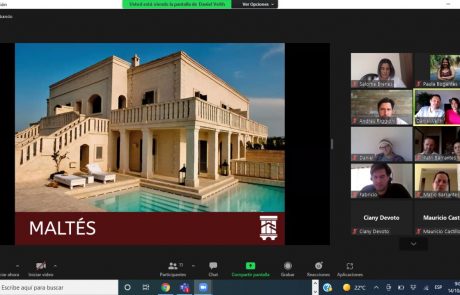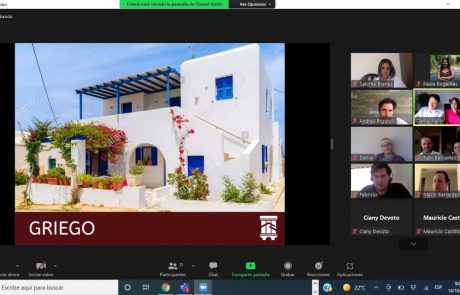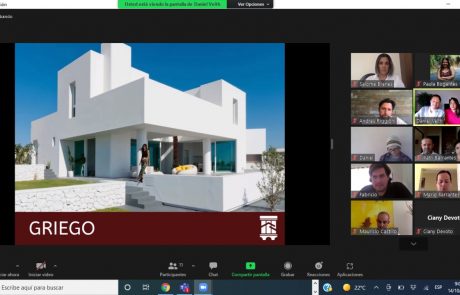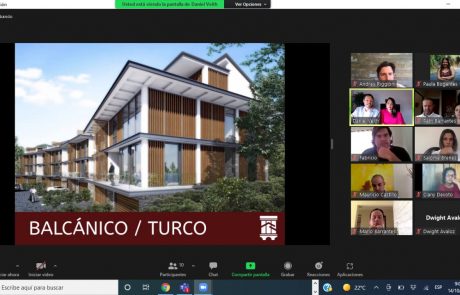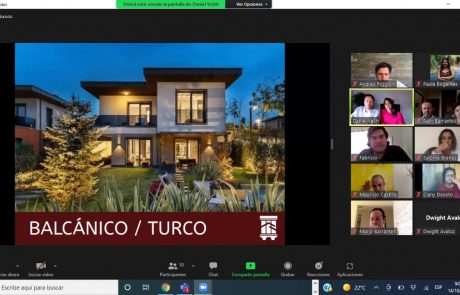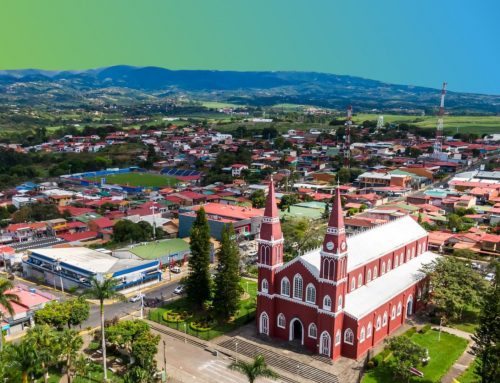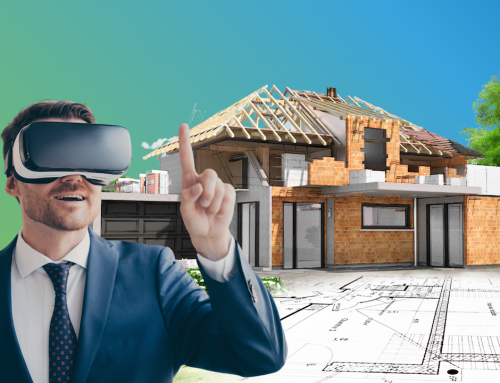Europe is a territory that houses multiple architectural styles, which for its beauty, elegance and even security has expanded around the world. In different parts around the globe you can see the ideas and styles of this continent embellishing and highlighting the different cities. Costa Rica has been greatly influenced by these styles, that’s why you could find them in various structures around the country.
Because it is a large continent there are many different visions, which emerged from the colonies that conquered each country. Here’s everything you need to know.
Types of European architecture:
The different properties in Costa Rica, as well as the great variability of topography, tastes, budgets and even materials make it a good place to venture into the world of European architecture. There are even construction companies with extensive experience in this architectural style that can visualize your ideas and translate them into reality.
Do not limit yourself to build buildings with simple or easy designs, because of the fear that the final product is not as expected, European architecture offers a wide range of options for every family and every need as long as you invest in experts.


